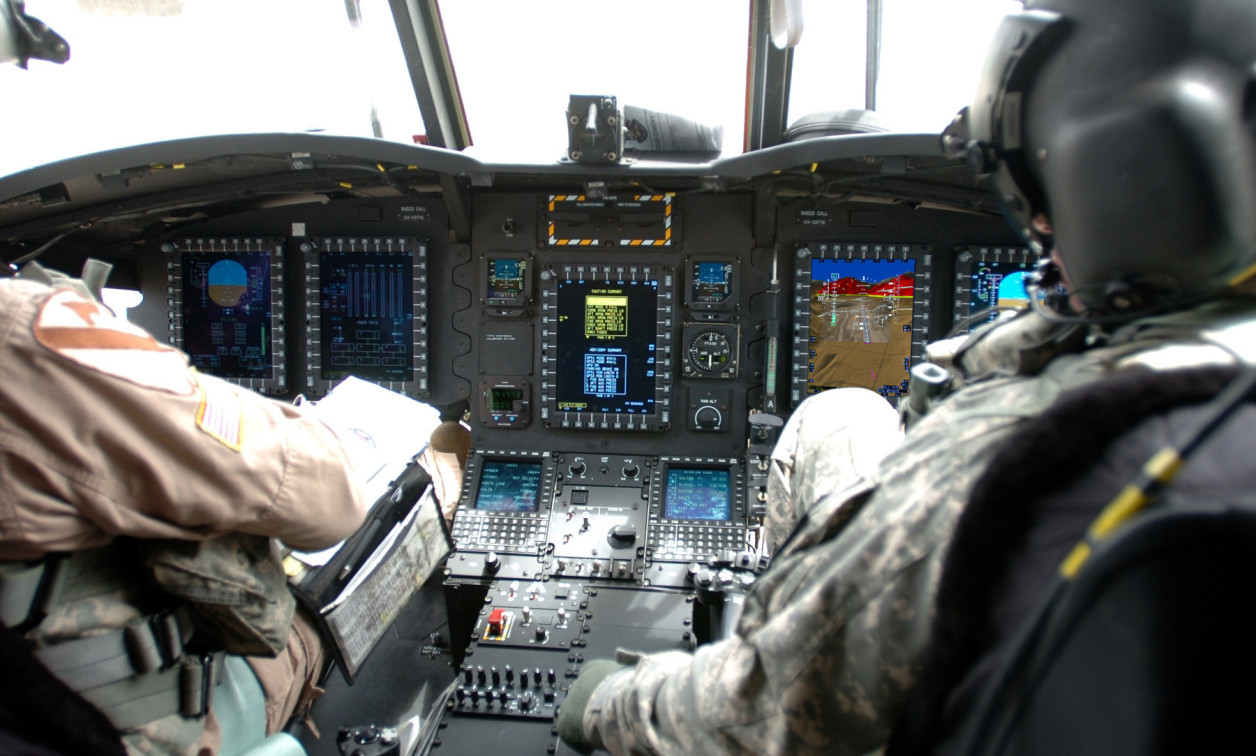Army Special Operations helicopter pilots to use synthetic vision from Rockwell Collins to navigate degraded environments
NewsNovember 05, 2013

CEDAR RAPIDS, IA. Rockwell Collins won the first of three phases in a U.S. Army program to develop the Degraded Visual Environment Pilotage System (DVEPS) for the Army’s Special Operations Aviation Regiment (SOAR) helicopters. Rockwell Collins's synthetic vision technology, used in business jet cockpits, will enhance the SOAR pilots' situational awareness in degraded environments. The program goal is to develop, qualify, and field a DVE solution can by 2018.
New Rockwell Collins technology to aid U.S. Army Special Operations helicopter pilots operating in degraded visual
The DVEPS makes use of the Synthetic Vision Avionics Backbone (SVAB) system, which has already been demonstrated with Defense Advanced Research Projects Agency (DARPA) for its Multi-Function Radio Frequency program. The SVAB uses advanced data processing algorithms to fuse 3D synthetic vision-based imagery with lightweight DVE sensors, such as millimeter wave radar or LIDAR. The fused 3D imagery will be used in the DVEPS program, along with enhanced pilotage symbology to deliver a view of the operational environment and flight guidance for the enroute, approach, and hover phases of flight.
“This program will give pilots something they’ve never had before – the ability to see through DVE obscurants, such as dust, fog, and snow and successfully avoid hazards in the landing zone,” says Troy Brunk, vice president and general manager of Airborne Solutions for Rockwell Collins. “Our synthetic vision and sensor fusion technology will provide SOAR pilots with enhanced pilotage capabilities, resulting in safer operations and increased probability of mission success and aircraft survivability.”
DVEPS is also compatible with the existing Common Avionics Architecture System integrated on the Army’s MH-47G and MH-60M helicopters, and other tactical helicopter avionics systems. The DVEPS system will enhance visual cues to enable pilots to maintain correct attitude and speeds when landing in degraded visual environments.








